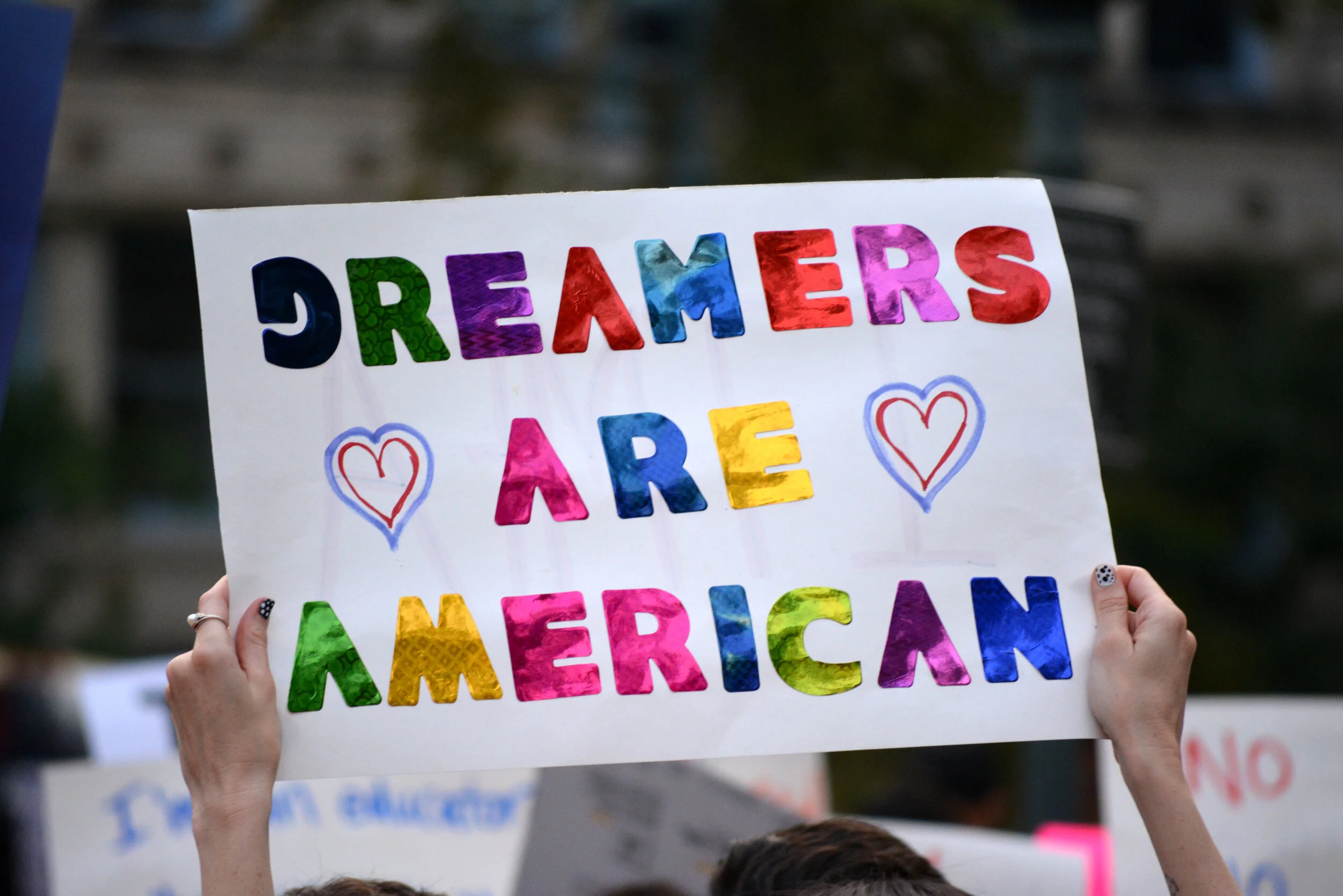DACA IS BACK!...FOR NOW
/After years of attempts by the current Presidential administration, it seems that DACA is here to stay. On December 4, 2020, a U.S. District Court for the Eastern District of New York ordered the Department of Homeland Security (DHS) to fully reinstate Deferred Action for Childhood Arrivals (DACA). Qualified individuals are safe from deportation and can pursue work authorization for the time being.
On December 7, 2020, the Department of Homeland Security and U.S. Citizenship and Immigration U.S. Citizenship and Immigration Services (USCIS) and the Department of Homeland Security (DHS) have posted notices on their websites stating, effective December 7, 2020, USCIS is accepting first-time requests for consideration of deferred action under DACA based on the terms of the DACA policy in effect prior to September 5, 2017, and in accordance with the Court’s December 4, 2020 order.
People who meet the following criteria may apply for initial consideration of deferred action for childhood arrivals (DACA):
· are under 31 years of age as of June 15, 2012;
· came to the U.S. while under the age of 16;
· have continuously resided in the U.S. from June 15, 2007 to the present;
· entered the U.S. without inspection before June 15, 2012, or individuals whose lawful immigration status expired as of June 15, 2012;
· were physically present in the United States on June 15, 2012, and at the time of making the request for consideration of deferred action with USCIS;
· are currently in school, have graduated from high school, have obtained a GED, or have been honorably discharged from the Coast Guard or armed forces;
· have not been convicted of a felony offense, a significant misdemeanor, or more than three misdemeanors and do not pose a threat to national security or public safety.
Cunningham Lopez is currently taking consultations while we await more specific direction from DHS and USCIS on whether or not the old or new forms will be used for applications. We anticipate that DHS and USCIS will be very busy with DACA applications in the new year, and applications are handled on a first come-first serve basis. Call us now if you would like to get started and move to the front of the line.
Después de años de intentos por parte de la actual administración presidencial, parece que DACA llegó para quedarse. El 4 de diciembre de 2020, un Tribunal de Distrito de los EE. UU. Para el Distrito Este de Nueva York ordenó al Departamento de Seguridad Nacional (DHS) restablecer por completo la Acción Diferida para los Llegados en la Infancia (DACA). Las personas calificadas están a salvo de la deportación y pueden solicitar una autorización de trabajo por el momento.
El 7 de diciembre de 2020, el Departamento de Seguridad Nacional y Ciudadanía e Inmigración de los EE. UU. Los Servicios de Ciudadanía e Inmigración de los EE. UU. (USCIS) y el Departamento de Seguridad Nacional (DHS) publicaron avisos en sus sitios web que indican que, a partir del 7 de diciembre de 2020, USCIS está aceptando Solicitudes por primera vez para consideración de acción diferida bajo DACA basadas en los términos de la política de DACA en vigor antes del 5 de septiembre de 2017 y de acuerdo con la orden del Tribunal del 4 de diciembre de 2020.
Las personas que cumplan con los siguientes criterios pueden solicitar la consideración inicial de la acción diferida para las llegadas en la infancia (DACA):
• tienen menos de 31 años al 15 de junio de 2012;
• llegó a los Estados Unidos cuando era menor de 16 años;
• ha residido continuamente en los Estados Unidos desde el 15 de junio de 2007 hasta el presente;
• ingresó a los EE. UU. Sin inspección antes del 15 de junio de 2012, o personas cuyo estatus migratorio legal venció el 15 de junio de 2012;
• estuvieron físicamente presentes en los Estados Unidos el 15 de junio de 2012 y en el momento de realizar la solicitud de consideración de acción diferida con USCIS;
• está actualmente en la escuela, se ha graduado de la escuela secundaria, ha obtenido un GED o ha sido dado de baja honorablemente de la Guardia Costera o las fuerzas armadas; • no ha sido condenado por un delito mayor, un delito menor significativo o más de tres delitos menores y no representa una amenaza para la seguridad nacional o la seguridad pública.
Cunningham Lopez está recibiendo consultas mientras esperamos instrucciones más específicas del DHS y USCIS sobre si se utilizarán o no los formularios antiguos o nuevos para las solicitudes. Anticipamos que DHS y USCIS estarán muy ocupados con las solicitudes de DACA en el nuevo año, y las solicitudes se manejan por orden de llegada. Llámenos ahora si desea comenzar y pasar al frente de la línea.



